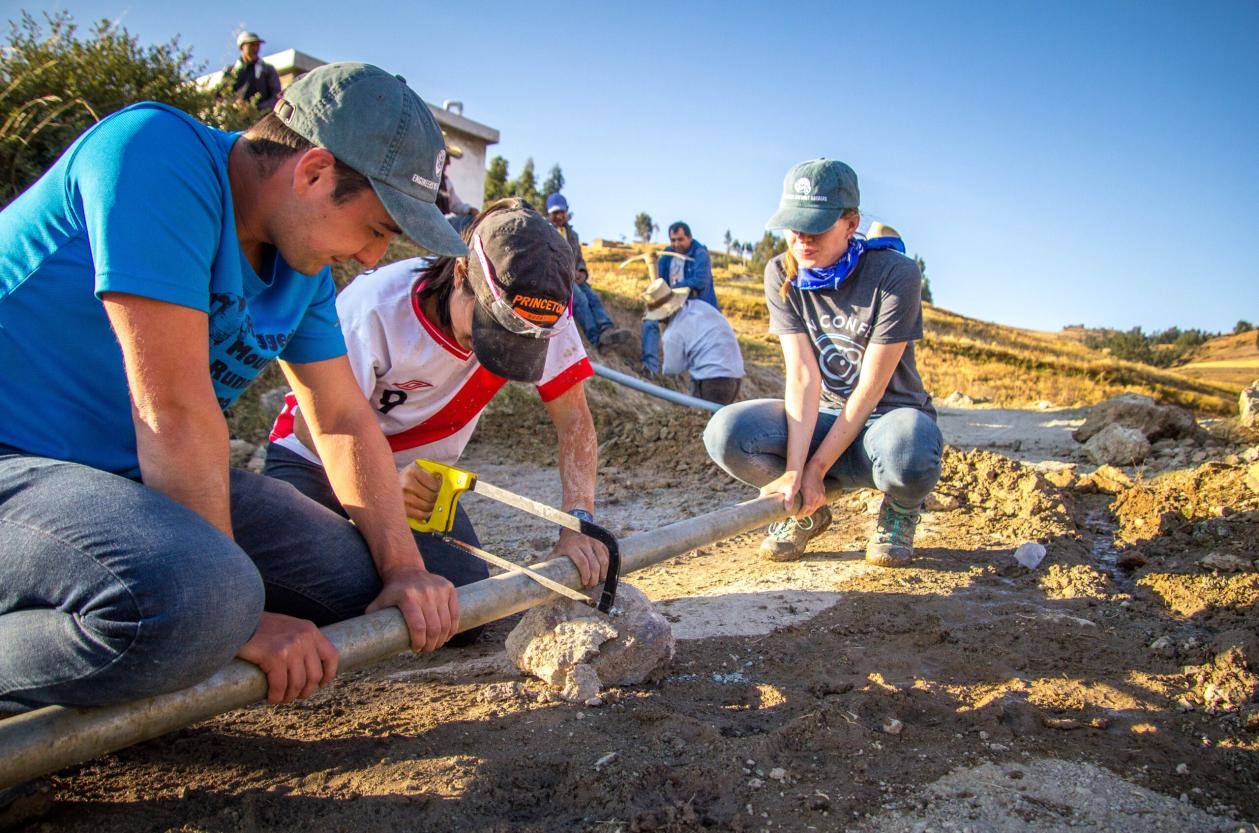How Can I Use Command-Line Git to Automate My Workflow?
Git is a powerful version control system that can help you manage and track changes to your code. It can also be used to automate many common tasks in your workflow, such as creating and merging branches, committing changes, and pushing code to a remote repository.

In this article, we'll explore how you can use command-line Git to automate your workflow. We'll cover the basics of Git, as well as some more advanced automation techniques.
Understanding Git Basics
Before we can start automating our workflow with Git, we need to understand some of the basic concepts. These include:
- Repository: A repository is a collection of files and directories that are tracked by Git.
- Staging Area: The staging area is a temporary area where you can store changes before you commit them to the repository.
- Commits: A commit is a snapshot of the state of your repository at a given point in time.
- Branches: A branch is a separate line of development in your repository. You can create multiple branches to work on different features or bug fixes, and then merge them back into the main branch when you're ready.
Once you understand these basic concepts, you can start using Git to automate your workflow.
Automating Common Tasks With Git Commands

There are a number of common tasks that you can automate with Git commands. These include:
- Setting up a Git workflow: You can use Git to set up a branching strategy and commit conventions that will help you keep your code organized and easy to manage.
- Using Git hooks for pre-commit checks and automated actions: Git hooks are scripts that are automatically run when certain events occur, such as when a commit is made. You can use Git hooks to perform pre-commit checks, such as running tests or linting your code, and to automatically perform actions, such as sending a notification to a Slack channel.
- Automating repetitive tasks with Git aliases and scripts: You can create Git aliases and scripts to automate repetitive tasks, such as creating and switching between branches, or pushing code to a remote repository.
By automating these common tasks, you can save time and improve the efficiency of your workflow.
Advanced Automation Techniques

In addition to the basic automation techniques described above, there are a number of more advanced automation techniques that you can use with Git. These include:
- Continuous integration and continuous deployment (CI/CD) with Git: CI/CD is a process that automates the building, testing, and deployment of your code. You can use Git to set up a CI/CD pipeline that will automatically build and test your code every time you push changes to a remote repository. When the tests pass, the code will be automatically deployed to a production environment.
- Utilizing Git remotes for collaboration and code sharing: Git remotes are copies of your repository that are stored on other servers. You can use Git remotes to collaborate with other developers on your project, and to share code between different repositories.
- Automating code reviews and merge requests: You can use Git to automate the process of code reviews and merge requests. This can help you to ensure that all changes to your code are reviewed and approved before they are merged into the main branch.
By using these advanced automation techniques, you can further improve the efficiency of your workflow and ensure that your code is always up-to-date and bug-free.
Best Practices For Effective Automation
When automating your workflow with Git, it's important to follow some best practices to ensure that your automation is effective and efficient. These include:
- Maintain a clean and organized Git history: Your Git history should be easy to read and understand. This will make it easier to track changes to your code and to identify any problems.
- Utilize Git tags for versioning and releases: Git tags can be used to mark specific versions of your code. This can be useful for tracking releases and for rolling back to previous versions of your code if necessary.
- Document your Git automation setup for easy maintenance: It's important to document your Git automation setup so that others can easily understand and maintain it. This will make it easier to make changes to your automation setup in the future.
By following these best practices, you can ensure that your Git automation is effective and efficient.
In this article, we've explored how you can use command-line Git to automate your workflow. We've covered the basics of Git, as well as some more advanced automation techniques. By automating your workflow with Git, you can save time, improve efficiency, and ensure that your code is always up-to-date and bug-free.
We encourage you to explore further and customize your Git automation to suit your specific needs. There are many resources available online to help you learn more about Git and how to use it to automate your workflow.
YesNo

Leave a Reply